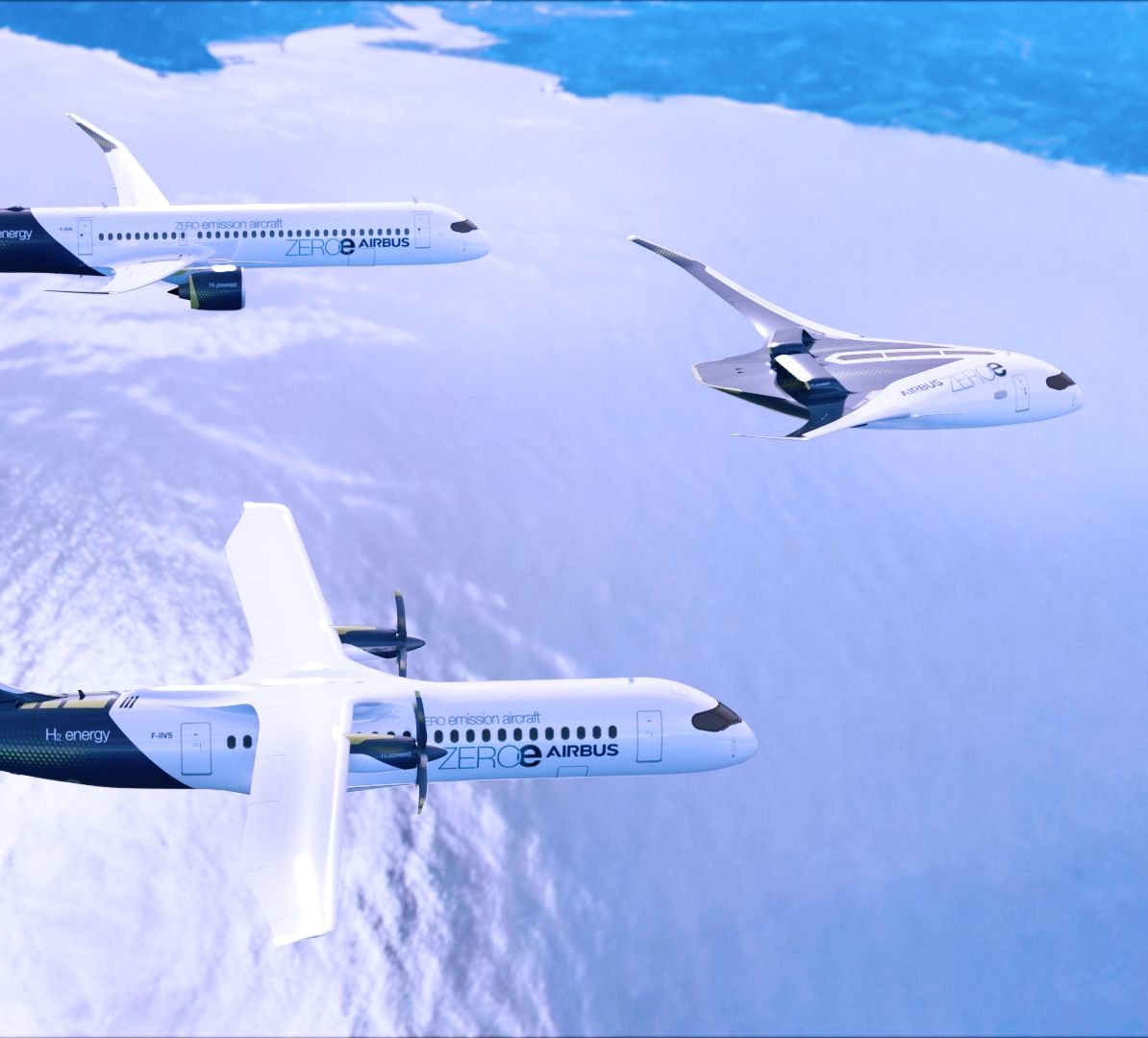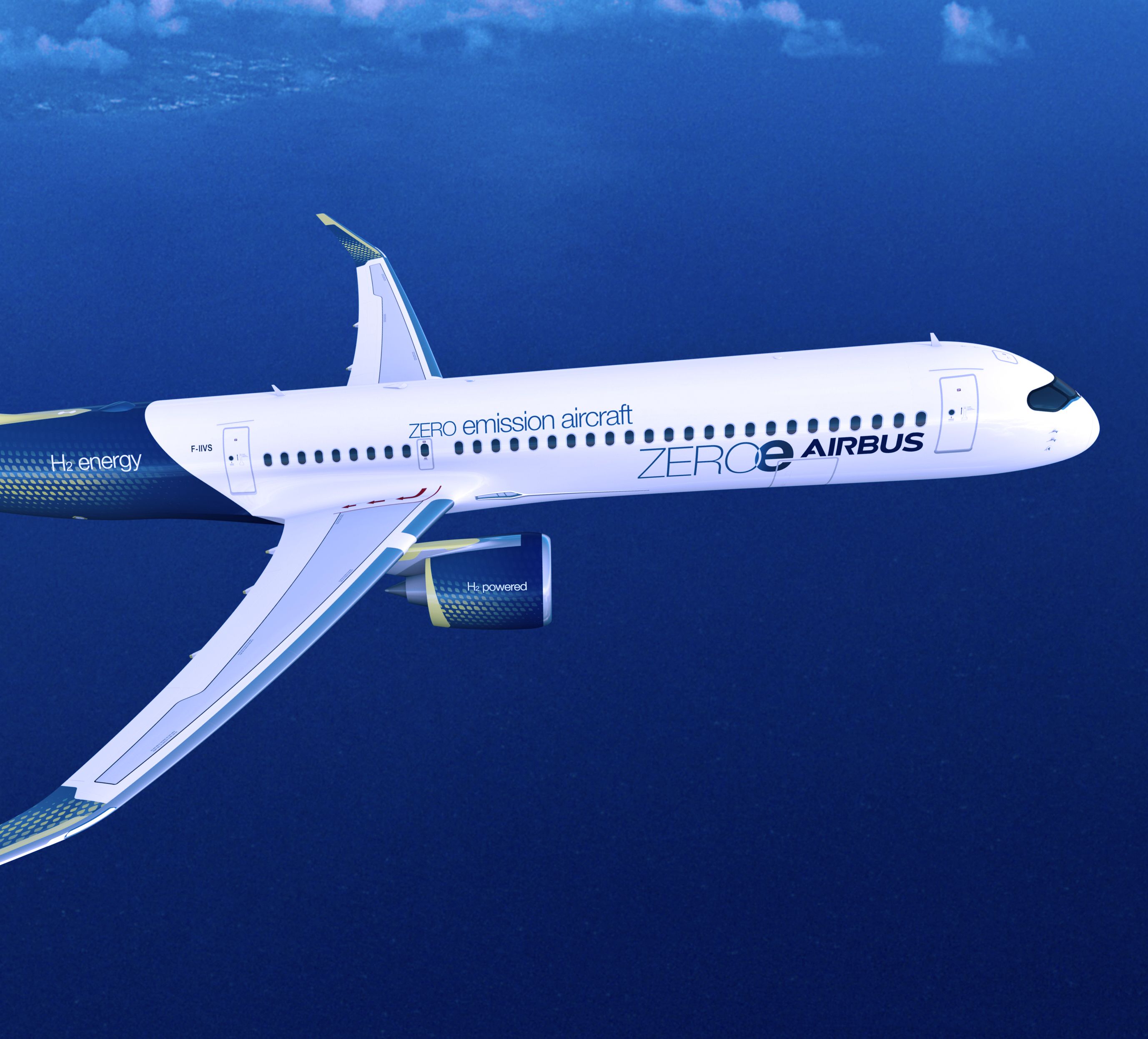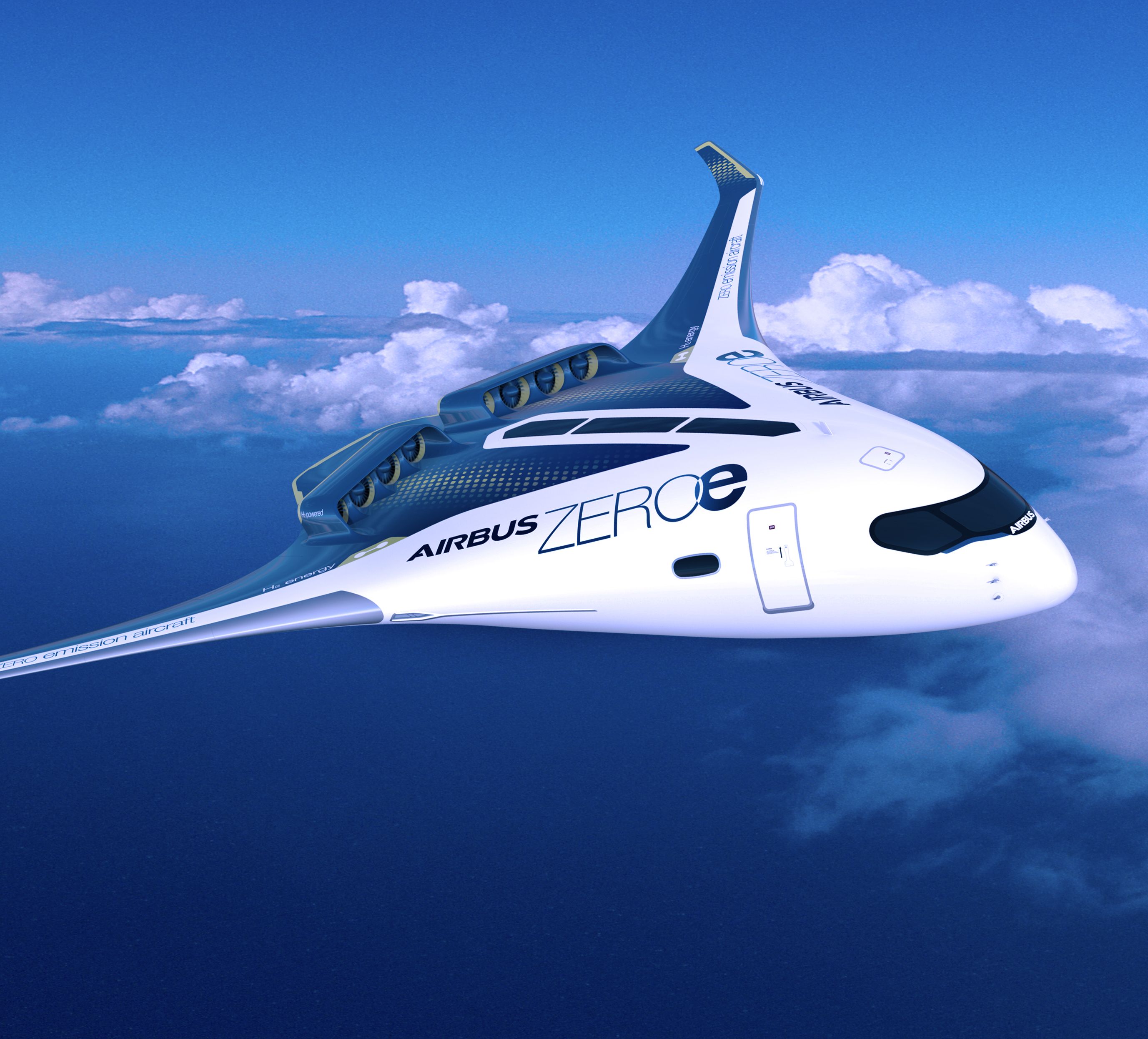Airbus is launching a UK-based facility that will be focusing on hydrogen technologies, the latest from the aircraft manufacturing firm to indicate the direction of design for its next generation of aircraft.
Based in Filton, Bristol, the facility will be known as the Zero Emission Development Centre (ZEDC). With its latest investment in a new Airbus Helicopters headquarters in London, the UK ZEDC will help to reaffirm Airbus's long-term commitment to remain a significant player in the UK's world-leading aerospace ecosystem.
Fueling for hydrogen
According to the Toulouse-based manufacturer, the primary priority for the UK ZEDC will be the eventual development of a cost-competitive cryogenic fuel system required for the triumphant entry of the Airbus ZEROe passenger aircraft program 2035. In addition, the UK ZEDC will aid in accelerating UK skills and knowledge of hydrogen-propulsion technologies.
Technology development in the UK ZEDC has already started and will provide the full product capabilities from components up to the whole system and cryogenic testing. End-to-end fuel systems development, which happens to be a specialty of Airbus in the UK, will be one of the most complex technologies vital to the performance of a future hydrogen aircraft.
To ensure the UK ZEDC sees through its priorities fully, the facility will benefit from the recent commitment from the UK government on the promise of a £685 million ($735.15 million) of funding. The massive funding will be given to the Aerospace Technology Institute (ATI) over the next three years to support the development of zero-carbon and ultra-low-emission aircraft technologies, as celebrated by Sabine Klauke, Airbus Chief Technical Officer:
“Establishing the ZEDC in the UK expands Airbus’ in-house industrial capabilities to design, develop, test, and manufacture cryogenic hydrogen storage tanks and related systems for the ZEROe project across Airbus’ four home countries. This, coupled with our partnership with ATI, will allow us to leverage our respective expertise to realize the potential of hydrogen technology to support the decarbonization of the aviation industry."
The UK ZEDC also complements Airbus' existing Research and Technology footprint in the UK and the work on cryogenic liquid hydrogen tanks being done at the existing ZEDCs in Germany, Madrid, and Spain. All Airbus ZEDCs are expected to be fully operational and ready for ground testing with the first fully functional cryogenic hydrogen tank in 2023, with flight testing starting in 2026.
Discover more aviation news here.
The ZEROe Program
Released back in September 2020, the ZEROe program was focused on three hybrid-hydrogen concept aircraft. All three aircraft will be powered by hydrogen combustion, and liquid hydrogen will be used as fuel for combustion with oxygen.
One aircraft would use turbofan engines, the biggest among the three designs. It is similar to current commercial narrowbody aircraft as it can carry between 120 to 200 passengers, with a range of more than 2,000 nautical miles, and is powered by a modified gas-turbine engine running on hydrogen through combustion.
The second would be using turboprop engines but carrying fewer passengers, with a range of over 1,000 nautical miles. Like the turbofan design, the turboprop design will also use modified gas-turbine engines to drive the eight-bladed propellers, whereby liquid hydrogen would be stored and distributed behind the rear pressure bulkhead.
Finally, the third aircraft design will offer a futuristic vision of what the current new-generation aircraft could look like in the years ahead. Carrying as many as 200 passengers, the third design features a blended-wing body to see the wings merge with the aircraft's main body. The extensive interior will open up several hydrogen storage and distribution options, mainly underneath the wings, and two turbofan engines will power the aircraft.



